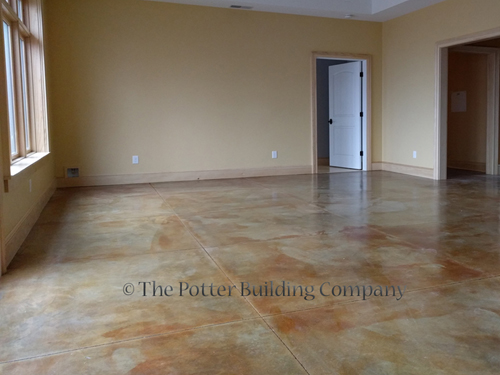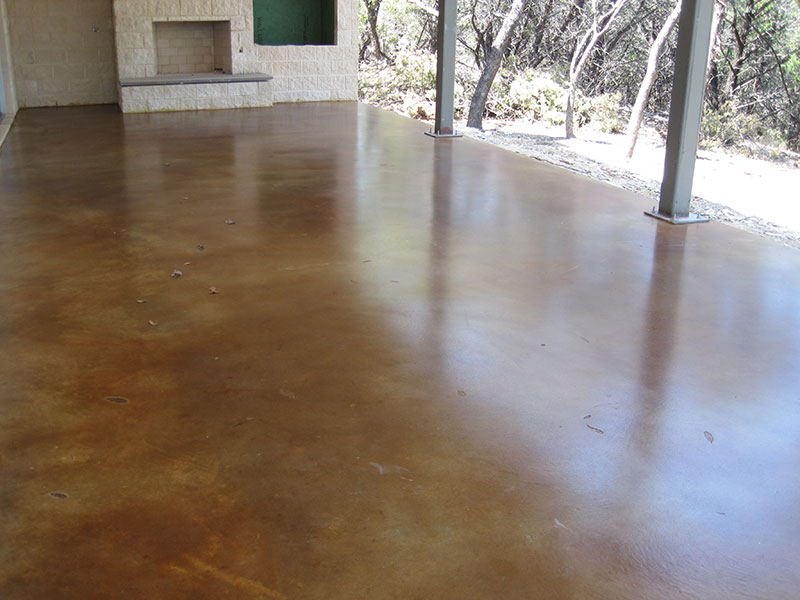Why Regional Stained Flooring Is the Perfect Choice for Sustainable Home Enhancement
In the world of lasting home enhancement, local discolored floor covering has emerged as a popular selection among eco conscious home owners. As an affordable financial investment with lowered upkeep needs, it raises a provocative concern: could this be the ideal service for lasting real estate?
Recognizing the Idea of Regional Stained Floor Covering
While the notion may seem novel to some, neighborhood stained flooring is an innovative method to home improvement that combines aesthetic appeals, toughness, and sustainability. The term refers to using locally sourced timber that is stained to accomplish a distinct aesthetic appeal. The staining process not only boosts the all-natural beauty of the wood grain however also adds a layer of security, increasing the longevity of the floor covering. This method is taken into consideration sustainable as it decreases the requirement for transportation of resources from far-off locations, therefore minimizing carbon impacts. Additionally, making use of regional timber varieties often supports local economies and advertises liable forest administration techniques. This concept, therefore, provides homeowners an environmentally responsible choice without jeopardizing visual allure or longevity.
The Aesthetics of Neighborhood Tainted Flooring
Why is regional discolored flooring acquiring popularity for its aesthetics? Regional tarnished floor covering supplies a diverse array of patterns and shades, mirroring the all-natural beauty and variants of the neighborhood timber types used. Eventually, the attraction of local discolored floor covering exists in its ability to change homes right into unique, aesthetically appealing spaces while advertising sustainability.
Environmental Impacts of Local Discolored Floor Covering
The ecological ramifications of neighborhood stained floor covering incorporate 2 significant aspects: lowering carbon impact and waste reduction benefits. Making use of locally sourced materials for tarnishing not only lessens transportation exhausts, but likewise advertises lasting forestry practices. In addition, the waste minimization element enters play as these flooring types frequently have a longer life expectancy, decreasing the regular requirement for replacements and the waste connected with it.
Reducing Carbon Footprint
As house owners transform to even more sustainable choices, neighborhood discolored flooring emerges as a sensible option to reduce carbon impact. The process of tarnishing the flooring, rather than using synthetic finishings, includes less chemicals and much less energy-intensive procedures. Deciding for local stained floor covering shows an effective measure in promoting ecological sustainability, highlighting a concrete way property owners can add to combating environment modification from the comfort of their very own homes. Residential Stained Concrete Floors.
Waste Reduction Advantages
Although frequently ignored, waste reduction is an additional considerable benefit of neighborhood stained flooring. By selecting this option, home owners help in reducing the mass of waste headed to garbage dumps. This floor covering kind, typically sourced from local timber, can be brought back, refinished, and reused, including in its longevity. Unlike synthetic flooring, it doesn't contribute to the development of non-biodegradable waste. Additionally, the discoloration process makes use of less resources and generates less waste contrasted to making new floor covering products. Any kind of waste created throughout the discoloration process is naturally degradable and usually organic, mitigating environmental harm. The selection of local discolored floor covering not just improves homes yet also underpins a dedication to sustainable living and waste reduction.
The Toughness and Maintenance of Neighborhood Tainted Flooring

The Cost-Effectiveness of Neighborhood Tainted Flooring
While regional stained floor covering might initially appear extra pricey than various other options such as my sources rug or laminate, its long life and resilience rapidly transform it right into a cost-effective option. For house owners seeking a sustainable, affordable service for their flooring needs, neighborhood stained floor covering emerges as a remarkable, lasting financial investment that pays off over time.

Reality Examples of Sustainable Houses With Neighborhood Stained Flooring
In the realm of lasting home enhancement, local tarnished flooring has actually become a prominent option. To even more show its advantages, numerous reality instances of environmentally friendly homes that have actually effectively incorporated this flooring strategy will be highlighted. These study offer concrete proof of the benefits and effect of utilizing neighborhood discolored flooring in sustainable homes.

Display: Eco-Friendly Flooring Homes
Scanning the globe, one can discover many homes that symbolize the idea of green living with the use of regional tarnished flooring. In the heart of Denmark, a minimal home prides itself on its oak-stained floorings, sourced and dealt with within the regional region. Throughout seas in copyright, a contemporary home showcases its abundant, maple-stained floor covering, a testament to the bountiful neighborhood wood supply. Down under in Australia, a coastline house beams with its eucalyptus-stained floors, mirroring the country's native vegetation. These homes not just showcase the visual adaptability of neighborhood stained flooring but also its payment to an extra lasting way of life. Each floor tells a tale of respect for the atmosphere, verifying that style and sustainability can indeed exist side-by-side.
Regional Stained Floor Covering Benefits
The indisputable allure of regional discolored flooring extends past its visual appeal, as it likewise offers substantial benefits to both go to the website property owners and the environment. This kind of floor covering is sourced and generated in your area, reducing transport emissions and bolstering the regional economic climate. The discoloration procedure uses all-natural, non-toxic materials, advertising interior air high quality and lowering the home's ecological impact. In a sustainable home in Rose city, Oregon, as an example, local stained concrete floorings not just boost the aesthetic appeals however likewise serve as thermal mass, soaking up heat throughout the day and releasing it at evening, lowering power usage. Another example is a green-certified home in Austin, Texas, where in your area sourced walnut was stained and made use of for floor sites covering, contributing to the home's LEED certification.
Conclusion
In final thought, regional tarnished floor covering is a practical and sustainable alternative for home improvement. With its distinct blend of environmental, cost-effective and visual benefits, local stained floor covering is a clear selection for home owners looking for a sustainable, affordable and visually appealing home improvement option.
In the world of lasting home improvement, local tarnished flooring has actually arised as a preferred option amongst environmentally mindful home owners. Regional tarnished floor covering uses a diverse range of shades and patterns, mirroring the natural elegance and variations of the local wood types made use of. The selection of neighborhood discolored floor covering not only enhances homes however likewise underpins a commitment to lasting living and waste reduction.
For house owners seeking a lasting, cost-effective service for their flooring requires, regional discolored flooring arises as a premium, long-term investment that pays off over time. Commercial Stained Concrete Floors.
With its special blend of environmental, aesthetic and cost-effective benefits, regional stained flooring is a clear selection for house owners looking for a lasting, visually attractive and cost-effective home improvement service.
Comments on “Stained Concrete Applications That Bring a Modern Look to Any Room”